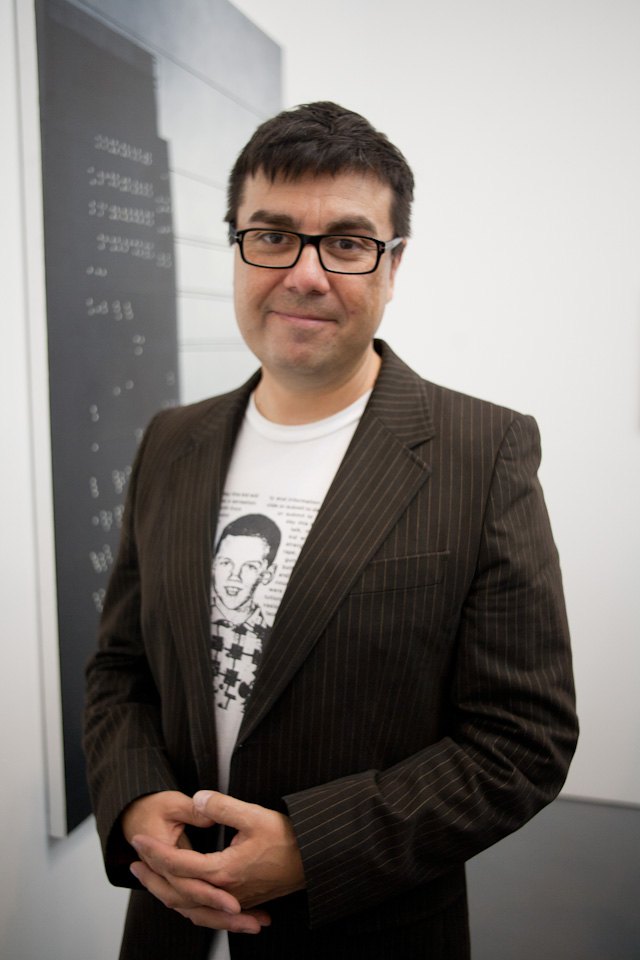
While some may be fearful of things that go bump in the night, we, the residents of Bushwick, know that oftentimes the best things happen after dark. The best late night parties, the glorious views of the Manhattan skyline, and even the quiet solitude one can find on a late night subway ride, are all things that inspire us to venture into the dark, wee hours of the morning. Nocturnes, a group show currently on view at Parallel Art Space, celebrates the night’s tranquility and reveals certain things that are not evident during the day.

The art of the nocturne was made most famous by English painter James Abbott McNeill Whistler and was inspired by the romantic style of the classical music nocturnes of Frederic Chopin. In his art, Whistler captured the profound energy of nocturnal light, infusing his dark compositions with the poignant use of disparate light. The 19th Century Romantic style coincided with the rise of city dwellers who easily related to the unique light of the night that was beginning to be found in cities such as Paris and London, and later, New York City. The latter becomes the subject for Parallel’s contemporary Nocturnes as four artists each approaches these tropes in their own way.
Parallel takes some poetic license with its understanding of the nocturne, expanding the genre for its contemporary artists. If I were a purist (which I’m not) I might find it difficult to describe the show’s artists as fitting within this genre. Instead, the show’s four artists work with different facets of the night – blackness, diffuse light, iridescence, obscurity, and abstraction – re-imagining and therefore reinventing the genre.

The black, glossy surfaces of Matt Mignanelli’s painting convey a sense of utter darkness; almost mimicking the sensation of walking into your pitch-black apartment, fumbling around for the light switch. His pieces, hanging opposite each other in the space, absorb the light like an all black Barnett Newman painting. However, the glossy square motif that reveals itself begins to give light back to the viewer, as if your eyes have finally adjusted to the space. The attractive matte/glossy juxtaposition truly expresses the depths of the darkness that can comprise the night.
Lee Lee Chan’s compositions express the many variations and the beauty that is revealed in the night. While extremely abstract, Chan’s works are reminiscent of the night sky punctured with stars and streaked with the path of the Milky Way. Possessing a quiet poetry, her work perfectly encapsulates the spirit of the nocturne, exposing both a subtle landscape while remaining neutrally abstract.

Exhibiting works from his “Night and the City,” Frank Webster beautifully captures the city night that refuses to ever truly be dark. Surrounding by noise, light and energy, New York is constantly buzzing even when half of the population retires. Although devoid of people in these haunting cityscapes, Webster’s paintings still contain the relentless energy of the people you know are housed within the walls of skyscrapers. Capturing the sentiment felt from an Edward Hopper painting, Webster presents a timeless city, suspended in the moments that he captures, yet perpetually in motion.

Possessing their own sense of energy and movement, Paul Simmons’ works on paper have a dazzling abstraction that convey the abrupt light and motion that startle us in the night. Perhaps a bit farther removed from the theme of the show, Simmons’ work has more to do with light that dark, almost recalling the visions one sees after rubbing their eyes, allowing sporadic color and light to emerge.


Parallel Art Space: Nocturnes will be on view through November 10. The gallery hours are Saturday and Sunday 1-6PM.


